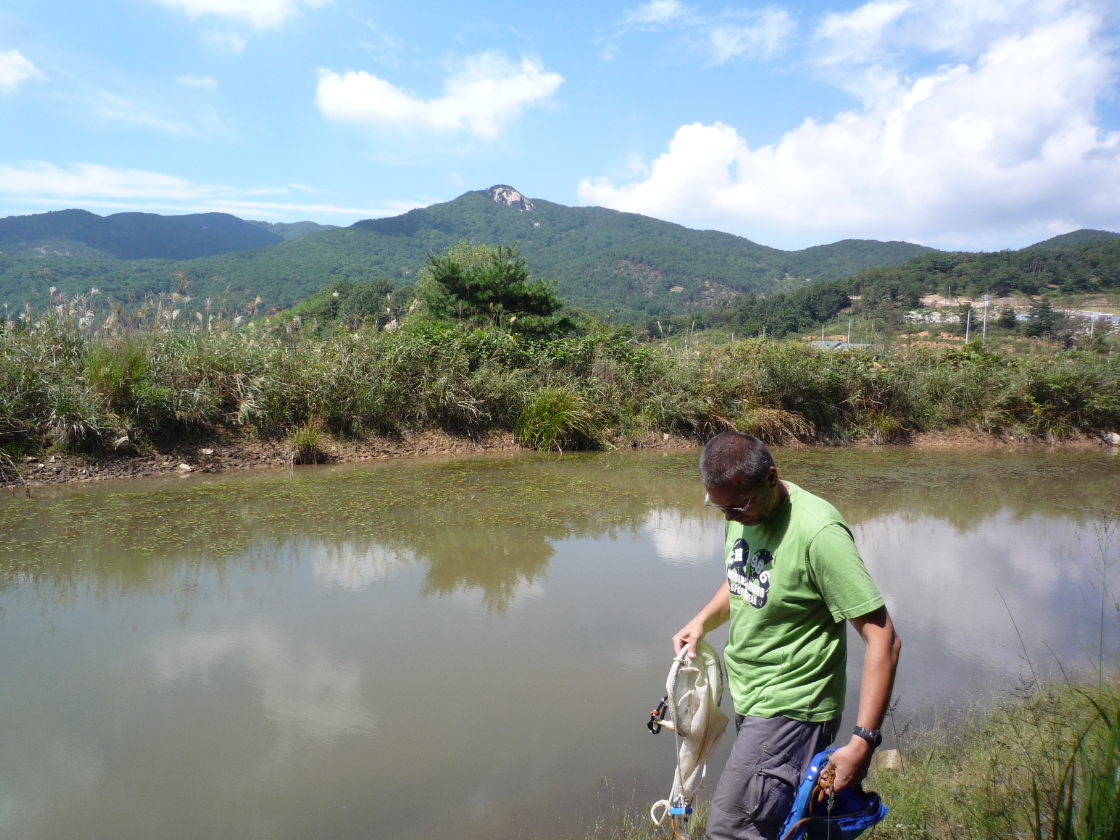
The Far East of the Russian Federation, the Korean Peninsula, and the adjacent regions of China and Japan are a zone of mixing of the southern ("tropical") and northern ("boreal") faunas. In 2012 (Kotov et al., 2012), it was suggested that in the continental waters of the Korean Peninsula, and even in a particular water body, there is a seasonal change of species: boreal species predominate in spring, while tropical species predominate in the second half of summer and autumn, after the end of the monsoon period. In fact, the hypothesis was tested on a single reservoir in South Korea, since most of the samples were collected in this region during route trips, and each reservoir was mainly studied once, during one season. Such data are unsuitable for testing such hypotheses. The head of the study was Corresponding Member of the Russian Academy of Sciences, Professor of the Russian Academy of Sciences, Chief Researcher of the Laboratory of Ecology of Aquatic Communities and Invasions of the A.N. Severtsov Institute of Ecology and Evolution of the Russian Academy of Sciences Aleksey Alekseevich Kotov.
One of the regions of South Korea, Jeju Island, was studied in detail by the Russian-Korean team for four seasons. A total of November 2011, February 2012, June 2018 and September 2019 199 samples were taken, in which 41 species of cladocerans were found, which is significantly less than in continental Korea, in the Far East of the Russian Federation and in Northern China. The poor fauna of Jeju Island is associated with its recent creation (as a result of volcanic activity approximately 2 million years ago), the uniform chemical composition of the rocks underlying the water bodies, and their uniformity by their type (most of them are reservoirs, moreover, the origin of natural lakes as a result of the formation of natural dams differs little from the creation of a reservoir by man). The island has also been and is being subjected to strong anthropogenic pressure, including all fish species that appeared on it as a result of their introduction by humans, mainly from continental Korea: before the arrival of humans, all water bodies were fishless.

In addition to the inventory of species composition, an inventory of associations of cladocerans was carried out and their change was traced, for which the binomial distribution function was applied. Both the lists of species and their associations varied considerably by month. At the same time, if tropical species were expected to predominate among summer species (they also constituted the cores of associations), no predominance of boreal species was observed in winter, the cores of the main associations were represented by endemic species, moreover, they also included tropical species, which was an unexpected conclusion of this study.
This phenomenon is explained by the history of the settlement of Jeju Island. During its formation, ancient endemic species of pre-Pleistocene origin settled on it. Subsequently, the settlement of the island's territory proceeded mainly from the south, since in the Pleistocene there existed extensive land bridges connecting the future Korean Peninsula with the future southern part of Japan and mainland China. Only very recently did the invaders from the north appear on the island, and humans who introduced fish for aquaculture could also play a certain role in their appearance on the island.
These studies were carried out within the framework of the work under the RSF grant 18-14-00325P (Head of studies: Corresponding Member of the Russian Academy of Sciences A.A. Kotov). The article was published in Water magazine.
